Gum Health Evaluation: Foundation to Oral Hygiene Excellence
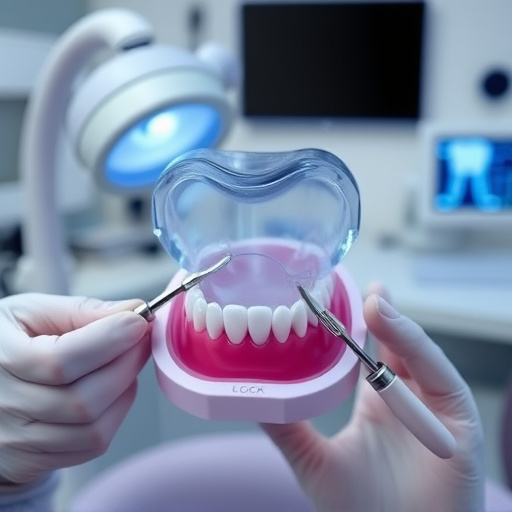
Gum health evaluations are key for maintaining oral integrity, revealing dental hygiene insights and…….
In the realm of dental care, gum health evaluation stands as a pivotal process, playing a critical role in maintaining overall oral well-being. This intricate assessment involves meticulous examination and analysis of periodontal (gum) tissue, serving as an early warning system for potential dental issues. The importance of this practice lies not only in its ability to detect periodontitis—a serious gum disease—but also in its contribution to preventive dentistry, patient education, and guiding personalized treatment plans. This article aims to delve into the multifaceted world of gum health evaluation, exploring its definition, global impact, economic implications, technological innovations, regulatory frameworks, challenges, real-world applications, and future prospects. By the end, readers will gain a profound understanding of why this evaluation is an indispensable component in modern dental care.
Gum health evaluation, often referred to as periodontal assessment, is a comprehensive process designed to examine the health status of gum tissues that surround and support teeth. It involves a series of detailed steps:
The concept of gum health evaluation has evolved over centuries, driven by advancements in dental science and increasing awareness of periodontal diseases’ impact on overall health. Here’s a brief historical perspective:
Gum health evaluation occupies a central position in modern dental care for several reasons:
Gum health evaluation is a universally recognized aspect of dental care, yet its implementation and emphasis can vary significantly across different countries:
Several global trends are influencing the practice of gum health evaluation:
The economic aspects of gum health evaluation are multifaceted:
Gum health evaluation contributes to economic systems in several ways:
Technology has revolutionized gum health evaluation, enhancing accuracy, efficiency, and patient experience:
The future holds immense potential for technological innovations in gum health evaluation:
Policies and regulations governing gum health evaluation vary across jurisdictions but generally aim to ensure quality dental care and patient safety:
These policies and regulations have a significant impact on the development and implementation of gum health evaluation:
Despite its importance, gum health evaluation faces several challenges:
Criticisms of gum health evaluation include:
In a low-income urban community, a public health initiative focused on gum health education and evaluation led to significant improvements:
Strategy: Mobile dental clinics visited schools and community centers, providing free gum health assessments using digital imaging and periodontal probes. Educational workshops were conducted to raise awareness about oral hygiene and the signs of gum disease.
Outcomes: After one year, the program reached over 5000 individuals, with a 30% increase in patients seeking professional dental care. The prevalence of severe periodontitis decreased by 15%, indicating successful community engagement and improved oral health outcomes.
A collaboration between dentists and primary care physicians led to better management of periodontal diseases, especially for patients with systemic conditions:
Approach: A pilot program was launched where dentists worked closely with general practitioners (GPs) to screen patients for gum disease during routine medical check-ups. Referrals for specialized care were made when necessary.
Results: Within 18 months, the program identified and treated over 200 patients with undiagnosed periodontitis. Improved communication between dental and medical professionals led to more comprehensive patient care, resulting in better overall health outcomes.
A dental practice implemented an AI system for periodontal analysis, demonstrating improved accuracy and efficiency:
Implementation: Dental radiographs were uploaded to the AI platform, which used machine learning algorithms to analyze images and identify signs of gum disease. Dentists received instant alerts and recommendations for treatment planning.
Benefits: The AI system reduced diagnosis time by 40% and enabled dentists to detect early stages of periodontitis, allowing for more conservative and effective treatments. Patient satisfaction also increased due to the streamlined process.
Several areas hold promise for future growth and innovation in gum health evaluation:
To capitalize on these future prospects, dental professionals can consider the following strategies:
Gum health evaluation is a dynamic field that continues to evolve, driven by technological advancements, growing awareness, and a better understanding of periodontal diseases’ impact on overall health. As global trends shift towards aging populations, increasing dental tourism, and integrated healthcare systems, the importance of this evaluation will only grow. By embracing innovation, staying informed about best practices, and collaborating across disciplines, dental professionals can ensure that gum health evaluation remains a cornerstone of modern dentistry, contributing to improved oral and systemic well-being worldwide.
Q1: How often should I get a gum health evaluation?
A1: The frequency depends on various factors, including age, overall health, and personal dental history. As a general guideline, adults should have a comprehensive periodontal assessment every 6-12 months. Riskier individuals or those with a history of periodontal disease may require more frequent evaluations.
Q2: Are gum health evaluations painful?
A2: Generally, no. Most procedures are non-painful, and modern techniques minimize any discomfort. Local anesthesia can be used if needed, ensuring patients remain relaxed during the evaluation.
Q3: What if my gum health evaluation shows early signs of periodontitis?
A3: Early detection is a significant advantage. Your dentist will recommend appropriate treatment options, which may include improved oral hygiene practices, deep cleaning procedures (scaling and root planing), or specialized periodontal treatments. Regular follow-ups are essential to monitor progress.
Q4: How do I know if my dental practice uses the latest technologies for gum health evaluation?
A4: Reputable dental practices stay updated with technological advancements. Look for signs of investment in modern equipment, such as digital imaging systems, laser therapy devices, and AI-assisted diagnostic tools. Regularly scheduled continuing education for staff is also an indicator of a forward-thinking practice.

Gum health evaluations are key for maintaining oral integrity, revealing dental hygiene insights and…….
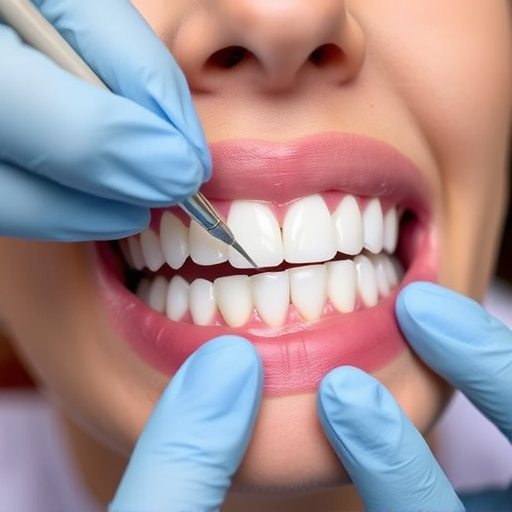
Gum disease, caused by bacterial plaque, ranges from mild to severe. Early signs include bleeding an…….

Modern gum health evaluations utilize advanced, non-invasive techniques like digital imaging and sof…….
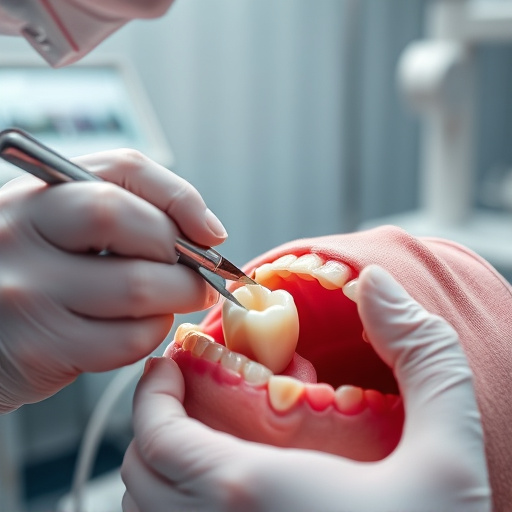
A gum health evaluation is a detailed oral checkup using specialized tools to assess gums and tissue…….
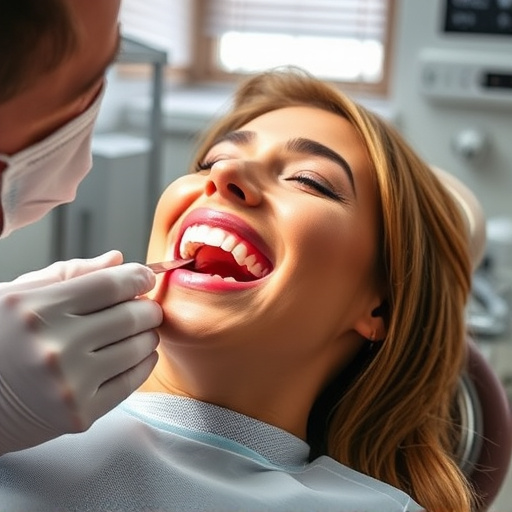
Gum health evaluation leverages advanced imaging tools and saliva analysis to detect early signs of…….
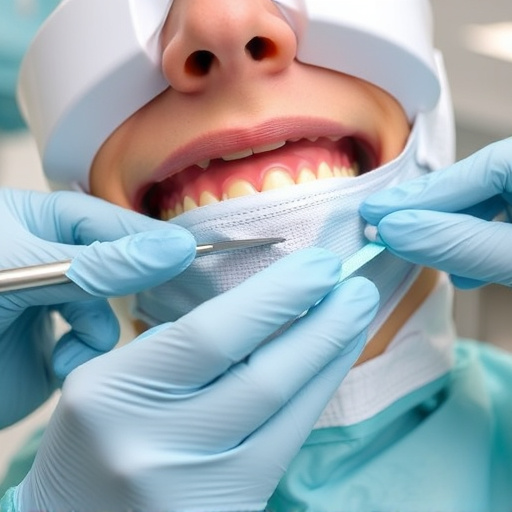
Gum health evaluation is crucial in oral care, often overlooked but vital for preventing severe issu…….
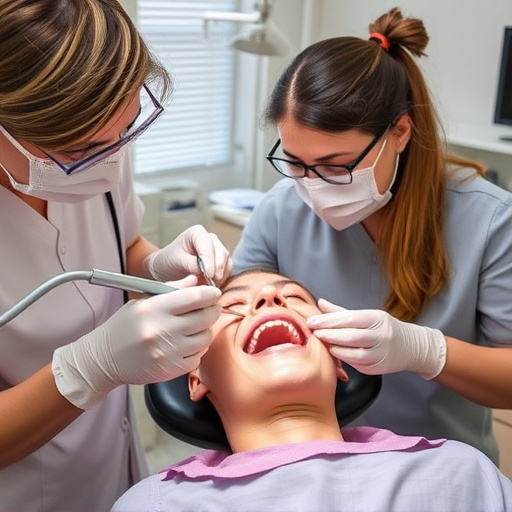
Gum health evaluation is vital for overall well-being as it supports and protects teeth. Regular ora…….

Gum health evaluations are essential tools for tracking and managing gum disease severity. By measur…….
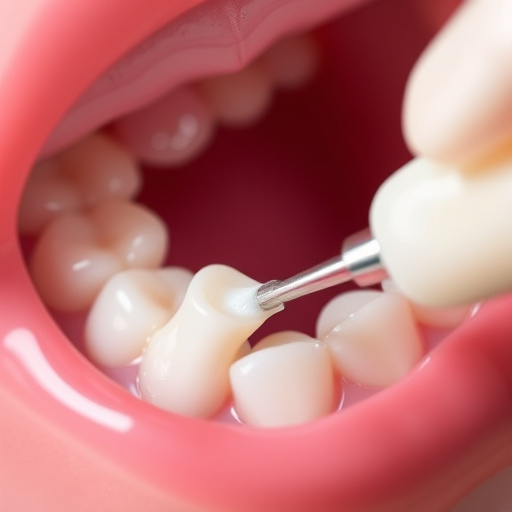
Regular gum health evaluations using advanced tools like X-rays and lasers are vital for early detec…….
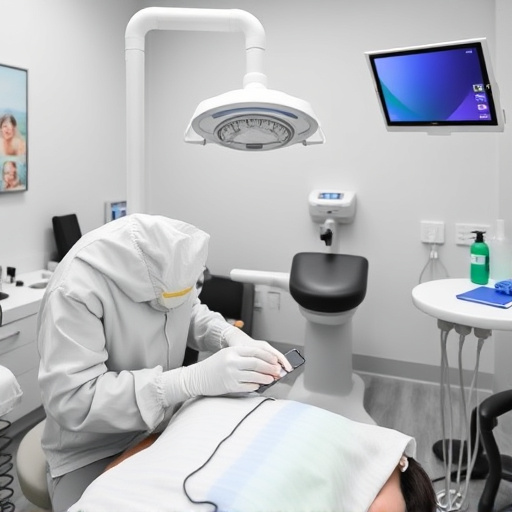
Gingivitis, an early gum disease often overlooked, can progress to periodontitis if untreated. Recog…….